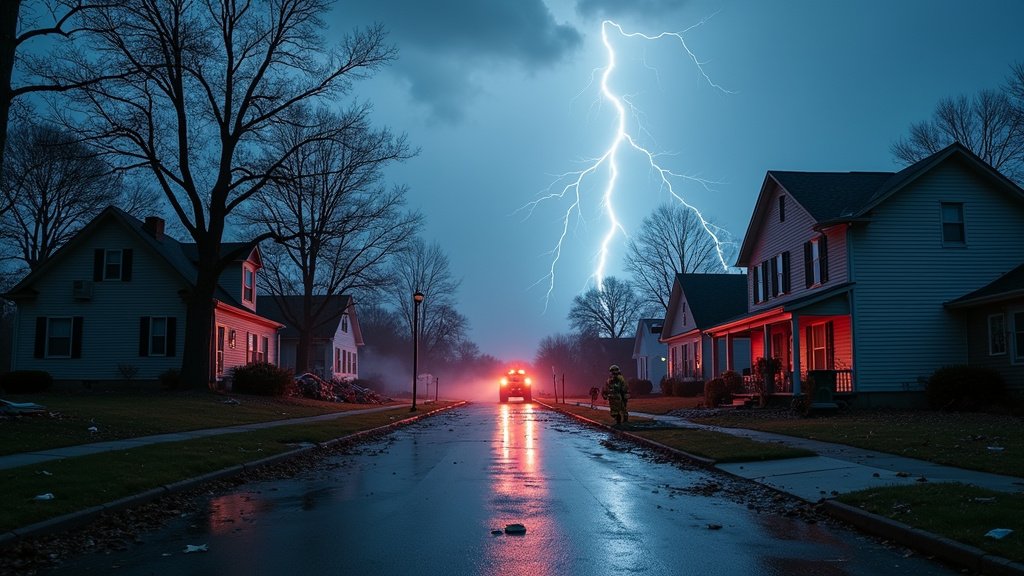Oregon is mounting an aggressive campaign to fast-track the development of wind and solar energy projects, driven by a critical deadline to secure substantial federal tax credits for **Oregon renewable energy**. Governor Tina Kotek has issued an executive order aimed at streamlining the state’s permitting processes for **Oregon renewable energy**, acknowledging that Oregon must act decisively to capitalize on expiring incentives before they disappear. The initiative underscores the state’s commitment to combating climate change and bolstering its clean energy infrastructure in the face of evolving federal policies.
The Critical Deadline and Federal Incentives for Oregon Renewable Energy
The urgency behind Oregon’s accelerated renewable energy drive stems from a federal deadline: projects must commence construction by July 4, 2026, to qualify for lucrative tax credits. These incentives, which can cover 30% to 50% of project costs, were expanded under the Biden administration’s Inflation Reduction Act (IRA) but are now being phased out under subsequent federal legislation. The objective is to enable as many renewable projects as possible to meet this construction benchmark, thereby securing the financial backing necessary for their completion and advancing **Oregon renewable energy** goals.
Projects that miss the July 4, 2026, construction start date still have a chance to qualify for federal tax credits, but they must be operational by December 31, 2027—a significantly tighter timeframe that poses additional challenges for developers. Failure to meet these deadlines could result in the loss of an estimated 4 gigawatts of planned wind and solar energy in Oregon, enough to power approximately one million homes, impacting the growth of **Oregon renewable energy**.
Governor Kotek’s Executive Order: Streamlining the Path for Oregon Renewable Energy
In response to this ticking clock, Governor Kotek signed Executive Order 25-25, directing state agencies, boards, and commissions to take “any and all steps necessary and authorized by existing statutes” to expedite the siting and permitting of renewable energy projects. The order encourages the adoption of temporary emergency rules and permits the use of third-party contractors to speed up the review process. This directive specifically targets wind and solar facilities seeking to qualify for the federal Investment Tax Credit (ITC) and Production Tax Credit (PTC) for **Oregon renewable energy**.
“With the elimination of promised incentives by the Trump Administration, states must step up as the last line of defense against climate catastrophe,” Governor Kotek stated. “We have to get renewable energy infrastructure built, and quickly. We cannot afford to lose this critical window; every wind and solar project we help complete now directly fights the irreversible climate damage we’re racing to prevent and boosts **Oregon renewable energy**.”
The Oregon Department of Energy and the state Energy Facility Siting Council are tasked with identifying and prioritizing projects that require a July 4, 2026 construction start, with a focus on those that have secured contracts and can demonstrate benefits to Oregon ratepayers. The Oregon Public Utility Commission has also been directed to expedite the procurement of renewable energy resources, furthering the cause of **Oregon renewable energy**.
Context: Oregon’s Renewable Energy Landscape and Challenges
This push comes at a time when Oregon faces significant hurdles in expanding its renewable energy capacity. A joint investigation by Oregon Public Broadcasting and ProPublica highlighted that lengthy permitting processes, coupled with delays and costs associated with connecting projects to regional transmission lines, have contributed to Oregon having one of the slowest growth rates for green energy in the nation, impacting **Oregon renewable energy** development.
Oregon has ambitious climate goals, including achieving net-neutral carbon emissions by 2040 and sourcing 50% of its electricity from renewable resources by 2040 for large utilities. The state is also developing a new Oregon Energy Strategy to identify pathways for greenhouse gas emission reductions. The Inflation Reduction Act had previously provided a substantial boost to these efforts, making clean energy more affordable and accessible through various tax credits and rebates. However, the current situation involves navigating the phase-out of these incentives, prompting this urgent state-level response for **Oregon renewable energy**.
Industry and Advocate Perspectives on Oregon Renewable Energy
While the executive order is viewed as a positive step by many in the development community, some express caution, noting that challenges extend beyond state permitting processes. The federal government’s pace in expanding transmission capacity remains a significant bottleneck for **Oregon renewable energy**. Nora Apter, Oregon Director for Climate Solution, commended the governor’s action, stating, “By moving swiftly to get as many wind and solar projects across the finish line as possible before the loss of federal tax credits, Governor Kotek is defending Oregon families, family-wage jobs, and energy resilience against these senseless attacks”.
Developers are concerned that new federal tax and energy policies could hinder solar development, potentially making projects financially unviable if they cannot meet the accelerated deadlines for **Oregon renewable energy**. Experts have noted that without swift action, Oregon might not meet its goal of transitioning its power grid to 100% renewable energy by 2040.
Moving Forward with Oregon Renewable Energy
Oregon’s race to build renewable projects is a high-stakes endeavor, intricately tied to federal policy timelines and the state’s own climate objectives. Governor Kotek’s directive signifies a proactive approach to overcome bureaucratic hurdles and leverage available financial incentives for **Oregon renewable energy**. The coming months will be crucial for state agencies, developers, and policymakers to collaborate effectively and ensure that Oregon can significantly expand its renewable energy footprint before the critical federal deadlines pass, thereby advancing its clean energy future and climate resilience. This news is a significant development in Oregon’s ongoing efforts to embrace sustainable energy solutions and bolster **Oregon renewable energy**.
Further reading: Related News on Google




